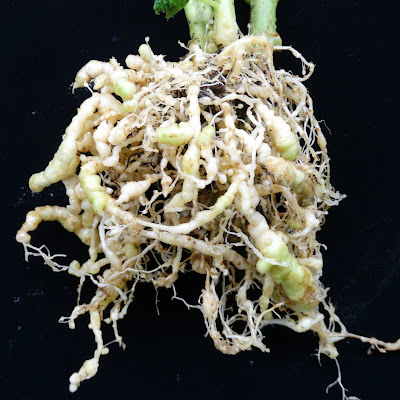TALKING FLOWERS
Sustainable Floristry
Have you ever thought about what happens to the tons of flowers that are sold around Australia for weddings, funerals, special occasions like birthdays and anniversaries? |
| Hydrangea flowers for sale |
May not sound like much but do you know if the flowers you buy, are they imported or locally grown and does it matter?
A lot of flowers that are past their use by date end up in landfill, which I suppose means that they might decompose there but what of the mountains of wrapping, floral foam and other packing that the flowers come with?
 According to the Sustainable Floristry Network "Excess packaging, plastic props, floral foam, and exotic
blooms flown halfway around the globe are rationalised away because that’s what
clients expect."
According to the Sustainable Floristry Network "Excess packaging, plastic props, floral foam, and exotic
blooms flown halfway around the globe are rationalised away because that’s what
clients expect."The next problem is that imported flowers are often sprayed with a glyphosate based chemical to prevent customers taking cuttings of the plant, before they arrive. then they are sprayed with the carcinogen methyl bromide, after entering Australia.
Nadine recommends that cut flowers should be bought when in season. Easily done by asking the florist where the flowers are from.
Listen to the podcast
So ask the question when you next buy flowers, are these flowers locally grown?
Check out the sustainable floristry website https://www.sustainablefloristry.org/
If you have any questions you can email us Realworldgardener@gmail.com or write in to 2rrr, PO Box 644 Gladesville NSW 1675.





